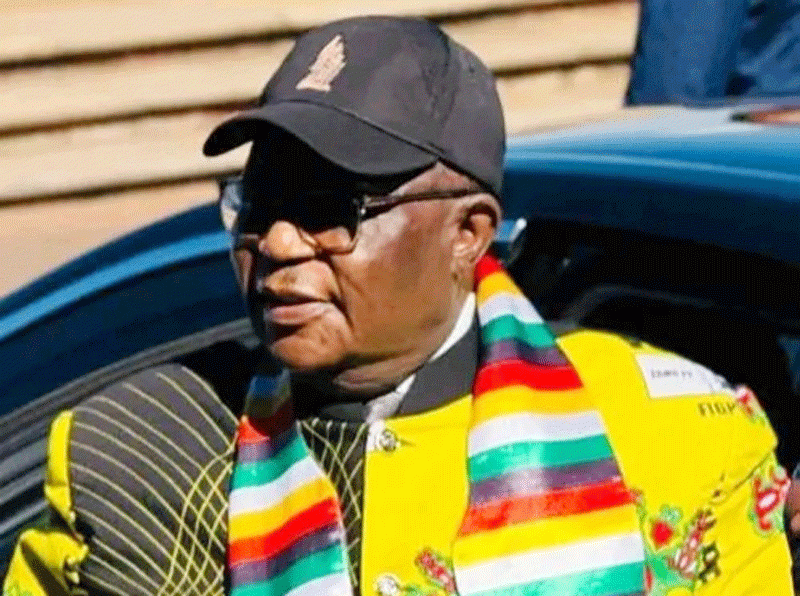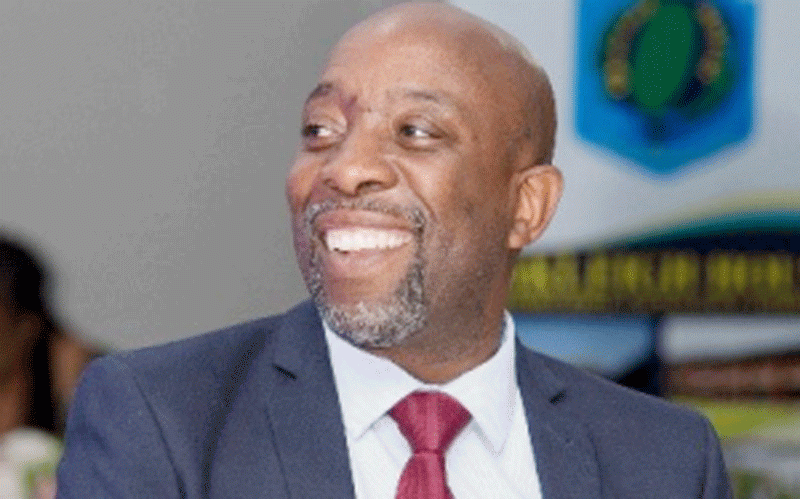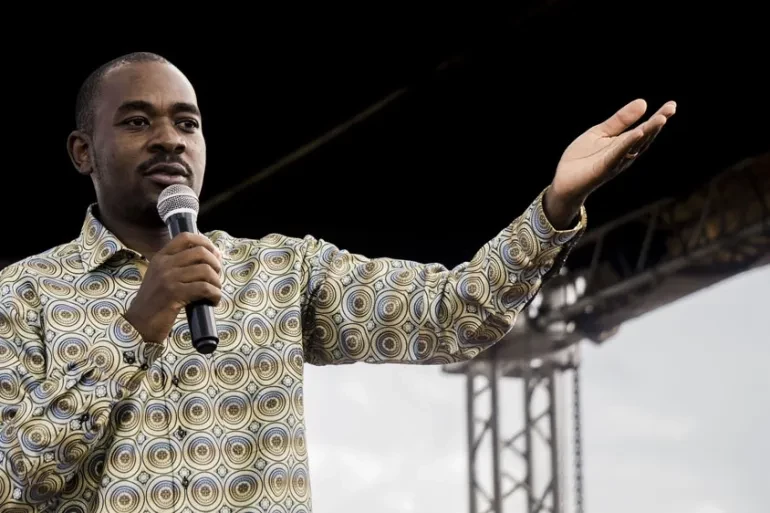
By Learnmore Nyamudzanga
In recent times there has been a call for total debt cancellation and a new general allocation of special drawing rights (SDR) to finance the fight against Covid-19 pandemic and economic recovery.
On March 23, 2021, International Monetary Fund (IMF) managing director Kristalina Georgieva in her statement indicated that the executive directors had conveyed support for new SDR allocation equivalent to US$650 billion.
This comes after the United Nations Conference on Trade and Development (UNCATD) had called for new issuance of SDRs equivalent of US$1 trillion; the Economic Commission for Africa through African Finance ministers unanimous called for US$500 billion, which the G20 Italian presidency supported and the African Forum and Network on Debt and Development, European Network on Debt and Development and 220 plus organisations were calling for new issuance of US$3 trillion.
In addition, 23 former central bank and former Finance ministers were supporting Debt Relief for Green and Inclusive Recovery and the new United States administration gave a greenlight emphasising transparency and accountability in the use of SDRs.
These issues come at a time when Zimbabwe has external debt estimated at US$8,2 billion and the nation is struggling to access loans from the international financial institutions (IFIs), Paris Club, and other bilateral lenders.
The 2021 national budget is set at $421.6 billion (approximately US$5,01 billion, which is 17,6% of Zimbabwe’s gross domestic product).
A budget deficit of $30,08 billion (-1.3% of GDP) is expected, which will be met through the issuance of treasury bills and bonds totalling $ 38,5 billion in the domestic market (2021 national budget).
- Chamisa under fire over US$120K donation
- Mavhunga puts DeMbare into Chibuku quarterfinals
- Pension funds bet on Cabora Bassa oilfields
- Councils defy govt fire tender directive
Keep Reading
This may crowd out the private sector, on the other hand, tax revenue is not enough, the printing of money is inflationary and the use of resource-backed loans is not sustainable as discussed in my previous article.
This leaves SDRs as one of the favourable options to assist Zimbabwe to come out of the current Covid-19 and debt crisis.
It is from this background; this article seeks to look at what Zimbabwe ought to benefit if new SDRs are issued.
SDRs are distributed in proportion to IMF members’ quotas, at the moment 67,44% goes to high-income countries, 32,56% to middle-income countries, and 1.08% goes to low-income countries (Eurodad 2021).
External public debt service of developing countries is projected to reach US$ 345 billion in 2021; this is one-third more than what developing countries would get with a $650 billion SDRs allocation (Eurodad 2021).
Using Eurodad data, Table 1 gives an analysis of amounts that are being called for, and how they will be allocated. According to Eurodad Zimbabwe have an IMF quota of approximately 0,145%.
According to the IMF, Zimbabwe joined IMF on September 29, 1980 and its Financial Position in the fund as of March 31, 2021, shows that under SDR Department its net cumulative allocation amounts to US$338,58 million against holdings of US$1,21 million.
This means Zimbabwe is paying SDR interest on US$337.37 million, it has overdue interest obligations of US$820 thousand and a projected payment to funds which stretches to 2025 paying on average US$164 thousand each year.
It once benefited from the Poverty Reduction and Growth Trust’s (PRGT) loan resources.
It does not qualify for Implementation of the heavily indebted countries (HIPC) initiative, Multilateral Debt Relief Initiative (MDRI), and Catastrophe Containment and Relief (CCR). SDR allocation may be the only workable IMF financing option for Zimbabwe.
Considering the Covid-19 pandemic and Zimbabwe’s debt crisis context, there is need for political backing for SDRs to create foreign reserves (estimated more than six-fold), which sequentially improves its creditworthiness, thereby having access to external loans.
SDRs will also assist Zimbabwe in covering the fiscal gap, addressing the Covid-19 crisis (through the strengthening of healthcare system and purchase of vaccines), boosting savings, pay for productive imports, pay for public investments resulting in a just transition and economic recovery.
There is a high probability that IMF will issue SDR allocation worth US$650 billion and Zimbabwe would get about US$965.30 million which is just 11,7% of the current external debt.
But it will be more helpful if IMF issue US$3 trillion then Zimbabwe will get estimated US$4,56 billion, which is about 54% of our current known external debt as of September 2020.
In addition, SDR allocation will allow Zimbabwe to reduce its reliance on more expensive domestic or external debt for building reserves.
Moreover, SDRs don’t have conditions attached to them and are not associated with high-interest rates, which may have a negative impact on the domestic economy.
Additionally, SDRs can be converted into hard currency through a system of swaps managed by IMF called designation mechanism, which can be used for imports and for budgetary financing, helping Zimbabwe to pay for public investments.
Besides, IMF recommends allocating excess SDRs to the PRGT which will allow Zimbabwe to borrow at lower rates.
Most importantly SDRs are more sustainable as compared to loans from the International Financial Institutions (IFIs), Paris Club, and other bilateral lenders.
SDRs are a reserve asset, not a currency to fund specific projects, it must be noted that countries using SDR and, therefore holding SDRs below their allocation pay interest (0.05 percent as of 23 February 2021).
If excess SDRs are allocated to the PRGT means IMF will turn them into loans with conditionalities.
In addition, they may also create dependency syndrome in the long term, yet we desire that nations think outside the box and mobilise more resources domestically which is more sustainable.
There are also fears that SDRs may be used to finance government programmes prone to corruption in Zimbabwe.
There are also claims that last allocations were used to pay outstanding debts, and there are high chances that it may happen again and such expenditure may not immediately benefit general citizens.
The SDR facility must be presented to parliament and debated so that, parliament through section 299 of the constitution of Zimbabwe plays its oversight role.
This will make sure that new SDR funds are channelled towards their intended use, tracked, monitored, and overseen just like the budget process.
There is also a need for transparency and accountability in the use of SDRs funds and payment of interest as this in the end increase tax burden on general citizens. As such they have a right to know and be heard.
SDR must be treated and scrutinised like any other loan agreement as Zimbabwe has used most of its holdings on SDRs and is, therefore,paying the SDR interest rate on its cumulative SDRs from the previous allocation.
Once the SDR allocations are availed, Zimbabwe and other African governments must not relax but make use of mineral and others resources to domestically mobilise more resources to finance projects and activities in building back /forward better to recover from this ruthless Covid-19 pandemic.
In view of the socio-political and economic situation in Zimbabwe, SDRs may be among the best and more sustainable finance alternative to assist dealing with debt crisis and building back/forward better.
There is therefore need for new SDR allocation (preferably US$3 trillion) provided that there will be transparency and accountability in the use of Zimbabwe’s SDR allocation.
However, there is a need for total debt cancellation on a humanitarian basis, make use of our minerals, fight illicit financial flows and broaden our tax base to improve domestic resource mobilisation if we are to deal with the current debt crisis in Zimbabwe.
- Learnmore Nyamudzanga is an economist, tax consultant, Zimbabwe Economic Society (ZES member, holder of a Masters in Tax & Policy Administration and degree in economics.
These weekly Insights articles are coordinated by Lovemore Kadenge, independent consultant, past president of the ZES and past president of the Institute of Chartered Secretaries and Administrators in Zimbabwe. Email- [email protected] and Mobile no +263 772 382 852










